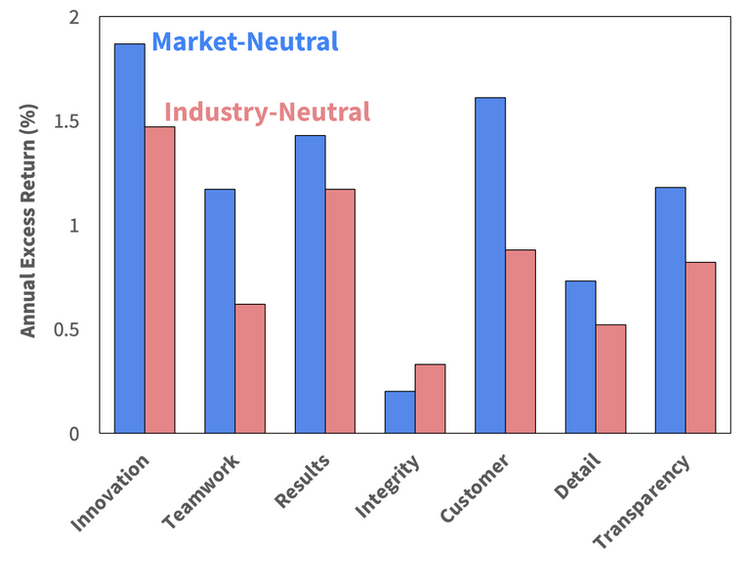
A thread, 1/9: In our just published post, we offer a deep dive into Netflix's recently announced results and guidance. We do not believe that the evidence supports a wholesale reevaluation of the company's growth prospects. intrinsicinvesting.com/2022/01/24/net…
2/9 Q4 results ranked alongside the company's best quarterly subscriber additions, setting aside the massive additions seen in the early days of COVID while the world sheltered in place at home.
3/9 1Q guidance was clearly week. But also represents a level of subscriber additions reported in 3 of the last 16 quarters. The guidance is weak, not catastrophic.
4/9 The contention that the company has suddenly saturated the market is not supported by the evidence. Their most mature and saturated market, the US, saw accelerating subscriber additions in Q4. Market saturation is not something that occurs over a period of weeks.
5/9 Worries about increased competition are misplaced. The very recent soft patch in growth was not accompanied by new competition. Q4 saw Netflix cancelation rates go *down*, while viewing hours went *up*.
6/9 Outside the US, particularly in Latin America, households did not see their income and balance sheets supported and even supercharged by their governments. The economic distress of COVID persists, while subscriber boosting shelter in place orders are over.
7/9 Netflix also faces a handful of short term drags on growth including Squid Games triggered pull forward of demand, price hikes in the US made after management was already aware of slowdown, back end loaded content slate, and Omicron triggering economic weakness/uncertainty.
8/9 We also reflect on @mjmauboussin's Man Overboard report, which includes data demonstrating that stocks that experience a large one day price drop, after experiencing weak price and earnings revision momentum, significantly outperform the market on average over next 90 days.
9/9 Our full analysis can be found here. intrinsicinvesting.com/2022/01/24/net…
• • •
Missing some Tweet in this thread? You can try to
force a refresh





